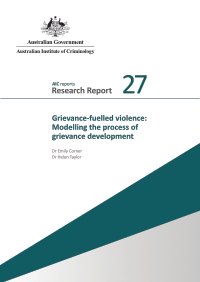Metropolitan Police Department, Washington D.C.
On the morning of Monday, September 16, 2013, Aaron Alexis entered Building 197 at the Washington Navy Yard, where he served as an independent contractor, and carried out the most deadly workplace mass shooting in the Nation’s Capital in recent memory.
Over the course of 69 minutes, Alexis terrorized thousands of employees of Naval Sea Systems Command, firing indiscriminately from a shotgun he had legally purchased two days earlier and a handgun he had taken from a security guard after mortally wounding the guard. He would also get into multiple shooting engagements with responding law enforcement officers, seriously injuring a Metropolitan Police Department (MPD) officer. In his final confrontation with police, Alexis ambushed and fired upon another MPD officer. Fortunately, the officer was saved by his protective vest and was able to return fire, killing Alexis and ending his rampage. When it was over, Alexis had shot and killed twelve people and injured several others.
*****
In the aftermath of the incident, the members of MPD first and foremost want to remember and honor the twelve people who lost their lives. Twelve people went to work that Monday, but did not return home to their loved ones. It is truly a senseless tragedy beyond comprehension, and there are no words adequate enough to express our condolences. Our thoughts remain with the victims’ families and friends.
Metropolitan Police Department, Washington D.C. 2014.. 84p.





















